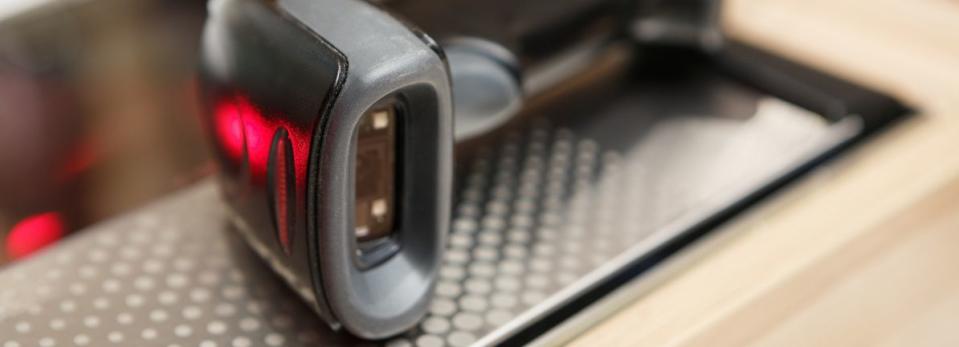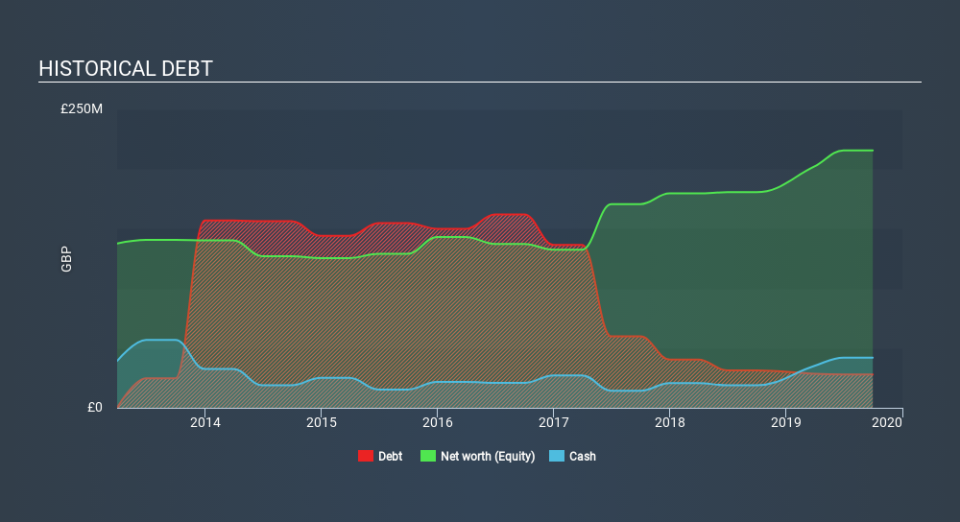Does Oxford Instruments (LON:OXIG) Have A Healthy Balance Sheet?

David Iben put it well when he said, 'Volatility is not a risk we care about. What we care about is avoiding the permanent loss of capital. It's only natural to consider a company's balance sheet when you examine how risky it is, since debt is often involved when a business collapses. Importantly, Oxford Instruments plc (LON:OXIG) does carry debt. But should shareholders be worried about its use of debt?
When Is Debt Dangerous?
Debt assists a business until the business has trouble paying it off, either with new capital or with free cash flow. Part and parcel of capitalism is the process of 'creative destruction' where failed businesses are mercilessly liquidated by their bankers. However, a more common (but still painful) scenario is that it has to raise new equity capital at a low price, thus permanently diluting shareholders. Of course, the upside of debt is that it often represents cheap capital, especially when it replaces dilution in a company with the ability to reinvest at high rates of return. The first step when considering a company's debt levels is to consider its cash and debt together.
See our latest analysis for Oxford Instruments
What Is Oxford Instruments's Net Debt?
As you can see below, Oxford Instruments had UK£27.9m of debt at September 2019, down from UK£31.4m a year prior. But it also has UK£42.1m in cash to offset that, meaning it has UK£14.2m net cash.
A Look At Oxford Instruments's Liabilities
Zooming in on the latest balance sheet data, we can see that Oxford Instruments had liabilities of UK£134.5m due within 12 months and liabilities of UK£41.3m due beyond that. Offsetting this, it had UK£42.1m in cash and UK£75.9m in receivables that were due within 12 months. So its liabilities outweigh the sum of its cash and (near-term) receivables by UK£57.8m.
Of course, Oxford Instruments has a market capitalization of UK£923.2m, so these liabilities are probably manageable. However, we do think it is worth keeping an eye on its balance sheet strength, as it may change over time. Despite its noteworthy liabilities, Oxford Instruments boasts net cash, so it's fair to say it does not have a heavy debt load!
Also positive, Oxford Instruments grew its EBIT by 22% in the last year, and that should make it easier to pay down debt, going forward. The balance sheet is clearly the area to focus on when you are analysing debt. But it is future earnings, more than anything, that will determine Oxford Instruments's ability to maintain a healthy balance sheet going forward. So if you're focused on the future you can check out this free report showing analyst profit forecasts.
Finally, while the tax-man may adore accounting profits, lenders only accept cold hard cash. Oxford Instruments may have net cash on the balance sheet, but it is still interesting to look at how well the business converts its earnings before interest and tax (EBIT) to free cash flow, because that will influence both its need for, and its capacity to manage debt. During the last three years, Oxford Instruments produced sturdy free cash flow equating to 78% of its EBIT, about what we'd expect. This cold hard cash means it can reduce its debt when it wants to.
Summing up
While it is always sensible to look at a company's total liabilities, it is very reassuring that Oxford Instruments has UK£14.2m in net cash. And it impressed us with free cash flow of UK£34m, being 78% of its EBIT. So is Oxford Instruments's debt a risk? It doesn't seem so to us. Another factor that would give us confidence in Oxford Instruments would be if insiders have been buying shares: if you're conscious of that signal too, you can find out instantly by clicking this link.
At the end of the day, it's often better to focus on companies that are free from net debt. You can access our special list of such companies (all with a track record of profit growth). It's free.
If you spot an error that warrants correction, please contact the editor at editorial-team@simplywallst.com. This article by Simply Wall St is general in nature. It does not constitute a recommendation to buy or sell any stock, and does not take account of your objectives, or your financial situation. Simply Wall St has no position in the stocks mentioned.
We aim to bring you long-term focused research analysis driven by fundamental data. Note that our analysis may not factor in the latest price-sensitive company announcements or qualitative material. Thank you for reading.

 Yahoo Finance
Yahoo Finance 
